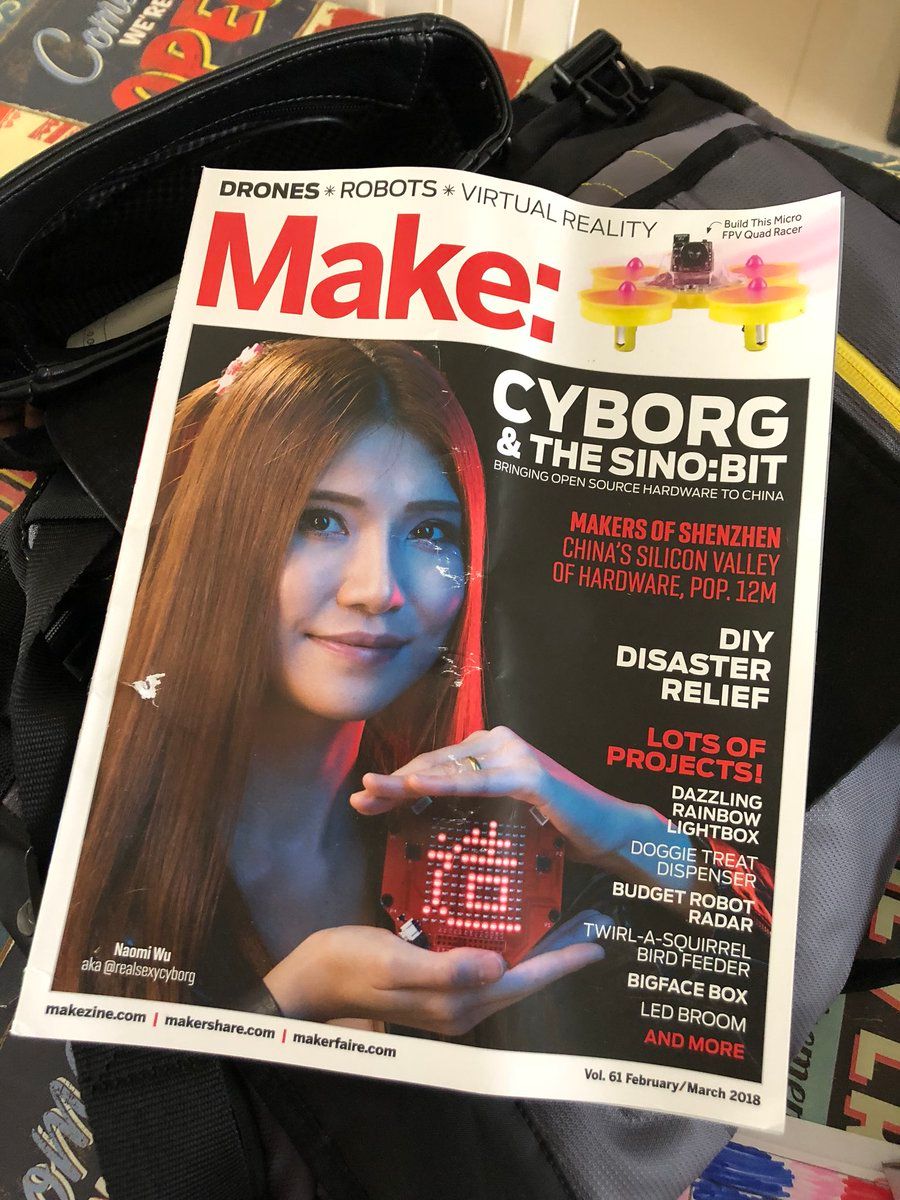Peer Learning is...
Communities mature in waves
The movement around the Lean Startup methodology began with startup founders only.
Leancamp talks in London were always about practical lessons learned, shared to help other founders. Andy Young (then founder of a startup called GroupSpaces, now Growth Marketing at Facebook) explained how he learned SQL, a database query language, so that he could build his own analytics dashboard to manage his business. Andreas Klinger (then founder of a fashion startup, now CTO of Product Hunt) gathered everything he could find on "Startup Metrics" and invested a few days to turn it into a slide presentation he shared for free - for the benefit of all founders.
Back then, around 2010, before beanbag chairs and barista-made coffees were a thing in startups, we'd meet in small university classrooms, or bars with discount burgers. We'd trade notes on things like how to get promoted in the Apple App store, or what local angel investors were looking for. When Facebook announced it was selling ads, the business newspapers laughed, but founders jumped on the chance to try a new marketing channel, and shared what they learned openly.
The community grew, and soon others were joining us, some jumping from their jobs or freelancing businesses into founding startups. Some started to see connections with what they were learning from founders in their consulting work.
UX designers like Janice Fraser, Johanna Kollmann and Franco Papechi, happily shared their professional customer research techniques. We repurposed them to bolster the then rudimentary startup methodology called Customer Development.
The first accelerators were starting in Europe, and they were searching for people to teach their startups. I was reluctant, knowing that while Leancamp had given me a thorough view of the latest techniques, the people I had learned from would be better teachers. But they were focused on their businesses.
I'd met Rob Fitzpatrck at the first Leancamp, and we teamed up to develop and teach workshops, sharing what we'd developed with the UX crowd. Soon, half of Europe's first 20 accelerators had become our clients. Rob took our Customer Development workshops and wrote them up in a book called The Mom Test, which got distributed by a top accelerator, Seedcamp, and then found its way to business schools around the world.
We also ran free, open workshops in London to help people become entrepreneurs. Over the next few years, we saw that our audience was changing from entrepreneurs to consultants. At one point, we laughed because half the participants had started their own businesses - they'd become Lean Startup trainers themselves! They even used our training material, and we were happy the word was spreading.
At Leancamp, there was a similar trend too. It had started in Barcelona, New York, Berlin, Stuttgart, Cologne (with Pirate Summit), Sofia and San Francisco, with new cities starting every few months. But now the participants it attracted had shifted from startup founders towards freelancers and innovation consultants.
Eventually, the main topics of interest were about how to manage corporate innovation, not how to do the innovation itself or how to do that as an independent founder.
The originators - the founders who had developed the Lean Startup techniques - had moved on. The openness that had allowed those founders to learn from each other and build on others' techniques was replaced by competitiveness. Status was earned from success, not from sharing.
Leancamp kept growing, to Tehran, Hanoi, Wageningen. Lean Startup was still about bringing better innovation to world, and making people more effective at doing that. Now people thought about this more inclusively, including people in NGOs and corporations, not just startups.
Explorers, Traders and Warriors
Communities evolve through phases, each of which attract people with different values.
Leancamp started as a founder-to-founder community. Practising startup founders developed Lean Startup techniques to support their startup ideas. As that definition started to gel, it became visible to educators and consultants, who turned that into a repeatable methodology, with clear steps, diagrams and slide presentations. They were interested in spreading the word beyond startups. And after a few years, the Lean Startup methodology was primarily about corporate innovation. The people cared more about real, financial results and were more motivated by career progress.
These 3 groups had distinct values about knowledge.

The founders were Explorers , who valued trying new things and were willing to be open and share. They hold ingenuity in high regard, so they care about giving credit, but then let others build on their progress. They can also be impractical and prone to taking long shots.
The consultants were Traders , more interested in taking that knowledge and bringing it to other domains. They value practice , and invest themselves in spreading the best ways of working. But they tend to only credit when it serves them.
The corporates are Warriors , measuring themselves on performance above all. This leads them to be competitive and closed, and to take shortcuts instead of applying good practice, but these values also drive the most impact to the most people.
Our observation about this, in retrospect, is visible in other communities.
Cubism
The Cubist art movement started in Paris, out of highly dynamic and iconoclastic era called La Belle Époque. Paris had already cradled several world-wide art and literature movements, and hosted the first motion picture projections. There were sharp social contrasts; one in ten Parisians were extremely wealthy, enjoying luxuries from the world's first department stores. Paris had only recently been surpassed as the world's second largest city, and opened it's first Metro line. The Tour De France had just started out of a marketing war between two sports newspapers, to see who could stage the longest race.
Cubism started around strong, visionary leaders like Pablo Picasso, Marcel Duchamps and Piet Mondrian. They were a small, and loosely connected group of renegade artists, experimenting with concepts like, "is an accurate depiction from a particular perspective a truth, or a distortion of truth?"
Their paintings depicted known objects, most often human figures, reduced to simple geometric shapes - and yet somehow still recognisable scenes. Their highly abstract work was a contrast to the softness of the watercolour scenes of the Impressionist artists who came before.
Out of the Netherlands, Mondrian started to consolidate this thinking, starting a small artist group called De Stijl, which produced manifestos and a regular magazine. The magazine started to spread this thinking, especially after World War I, and connected it to very different movements like Bauhaus, known for its minimal and functional architecture style, and Dadaism, a creative style that rejected logic and reason in an attempt to question everything.
During World War II, European artists fled to New York. And once the war was over, New York's art scene flourished along with commercial galleries and mass consumerism in art. This environment is where the likes of Andy Warhol and the Pop Art movement emerged. Pop Art was a reaction to Abstract Impressionism, which in a way had emerged from Cubism but become seen as elitist.
Warhol is famous for his painting of American commercial products like a red-and-white can of Campbell's Soup, which he first exhibited in a Los Angeles gallery (being lied to by the gallery owner that it was visited by movie stars.) The paintings were priced affordably to make them accessible to a wider audience. But the gallery owner saw a good financial opportunity, and bought the pieces at these low prices. A few years later, back in New York, Andy exhibited more soup can paintings in a gallery converted to look like a Supermarket, and promoted to mainstream, young New Yorkers as a challenge to definition of art itself. While the painting itself was priced at $1500, he sold prints for anyone to take home, at $6.
The Cubist art movement started with Explorers like Picasso, interested in novel approaches to art, spread through Traders like Mondrian with his magazine, and became popular through galleries and commerce. Even Warhol, who challenged the elitism of the art gallery had strong commercial intentions.
Blockchain
The elusive Blockchain community followed a similar evolution.
Originally, it was a small, isolated group of cryptographers and mathematicians. The original Bitcoin description is written by Satoshi Nakamoto, a pseudonym for a person or group that remains anonymous. He, or they, were active on small cryptography mailing lists until 2010, when they simply disappeared. With the implementation of a functional crypto-currency proven, they developed variations that allowed computational functionality to be distributed securely and anonymously. These were the original explorers, who experimented with the original concept until it was workable.
Over the next years, this drew in more innovators who saw a vision of moving centralised Internet and financial services "onto the blockchain." Instead a company of running a service on its own servers, a blockchain could be created to do the same, but nobody would own it. This was more than a technical vision. Known loosely as "cryto-anarchists", they saw this as creating "distributed" alternatives for society, who would no longer be dependent on corporate or governmental agendas. These were the Traders, bringing the benefits of crypto-currencies outside of its original domain.
With Christmas approaching in 2017, the Warriors came crashing in. Bitcoin's price had been bouncing between $200 and $500 for a few years, and then in the summer of 2016, started a steady rise towards $1200. Bitcoin exchanges, websites where anyone could buy and sell cryptocurrencies, were rising to dominance and then vanishing into oblivion. Each time hackers attacked or technical changes to the blockchain caught the exchanges off guard, but a new exchange would emerge quickly.
Bitcoin was designed for anonymity, so it was difficult for anyone to track transactions, other than scanning the public Bitcoin transaction log that showed trading volumes. In June and August of 2017, transactions spiked, and by December, the world had caught on, shooting the price of Bitcoin to $14,000 before it came crashing down. Insiders have their theories - large Chinese Bitcoin miners were building their inventory, or professional traders working for rich people in the world's biggest financial capitals had bought up Bitcoin and then hyped it in the press, ready to sell.
After the dust settled, Bitcoin's price eventually levelled off around $5,000. Regulators caught up, bringing some oversight to exchanges, and startup founders continued trying new blockchain concepts.
Like with startups, and modern art, the cycle continues. Out of the competitive Warrior culture emerged new, isolated groups of Explorers, iconoclasts experimenting towards a new paradigm.
Define your competitive advantage, your own apex
When education programs or ecosystems rise to a world-wide leadership position, they do it based on their own local strengths. To learn from them requires looking at our own local communities as our ingredients, and the isolated, few local success stories as repeatable recipes.
By 2010, San Francisco had defined its own apex, built up with the most mature venture capital industry in the world. That's almost impossible to compete with.
It was easy to dismiss London’s financial sector as irrelevant to world of internet startups, let alone its design community or cluster of universities with international students. Those propelled Entrepreneur First into the world’s top accelerators, and London to become a fintech startup capital.
The first local success stories always seem isolated and insignificant, until support programs emerge to bring more successes through the same path. Only then does it seem obvious.
Local ingredients
Central and Eastern Europe have strong mathematics and less regulatory cultures, which makes it natural for the big crypto-currency exchanges and blockchain projects to emerge from there - success that has no dependence on venture capital. In Romania and Bulgaria, outsource IT development agencies have generated loads of new wealth, and are able to teach others to repeat this.
Because San Francisco and California have such a lead on venture capital, that money pushes wages extremely high for technical talent, who constantly jump jobs since they're in demand. Those cities have among the highest employee churn rates in the world. South Eastern Europe has defined a new apex based on their strength of an abundance of technical talent. The office buildings all over Sofia shine logos from the world's tech leaders, who build their engineering departments there.
Interdisciplinary advantages make everyone else play by your rules
When the Manhattan Project was starting, Richard Feynman was 25. He recalls how the government recruited scientists:
You have to understand that, in those days, people hardly knew what a physicist was. Einstein was known as a mathematician for instance —so it was rare that anybody needed physicists.
There was a big excitement at Princeton. General Trichel from the army came around and spoke to us: “We’ve got to have physicists! Physicists are very important to us in the army! We need three physicists!”
The success of the Manhattan Project was predicated on it's founders giving credence to emerging, unestablished disciplines.
Whether or not your interdisciplinary potential works out as you expected, it still leads to giving you some kind of unique advantage. Because whatever comes out is something that can only be established in your unique corner of the world.
The starting point rarely needs big names or large amounts of money. Defining what your program will look like, that tends to be the hard thing, but only if you're too prescriptive.

When the Santa Fe Institute started, the first step that worked was when they simply invited various scientists to discuss what the real opportunities were. If you do the same, they may not explain precisely what you need to do, but their ideas will give you a clearer sense of direction. Create a forum for world experts that let's them define their own agenda.
Following Sante Fe's lessons learned, there are two critical conditions to make this work:
- Gather people that have a cooperative inclination
- Provide some structure that quick-starts collaboration
At these exploratory stages, only a little structure is needed. Too much structure starts to feel onerous, but fun, intellectual puzzles are attractive. Consider inviting someone to share one of their deep challenges with others over dinner, or find a common hands-on challenge that relates to everyone's experience differently.
At the early Sante Fe workshops, people weren't instructed to talk about complexity or systems. Those topics came up by themselves. You don't need to force a direction, but rather put people together to see what emerges.
If you've succeeded, people start to click, and they pursue those challenges themselves. These challenges extrapolate into longer-term potential. This reveals the interdisciplinary position of your program, and it can be designed to take a supporting role.
Picking your banner
Peer Learning programs tend to develop within communities of people who have a passion for a specific craft or skill. While these communities mature through these three phases, there's usually a mix of people at any given time. Seeing which values dominate gives us clues to which phase that community is experiencing, which in turn reveals how we can best convene and/or lead them.
Labels are important. People get attracted to communities differently based on what banner is chosen to unite them. Lean Startup and Blockchain attracted different waves of people over time, shifting from Explorers, to Traders to Warriors.
Whatever your interest, waving a banner helps learners find each other - starting a club, or a meetup, or writing about your interest in a topic is often enough to start finding pockets of interest and people with intent.
The distinction between educator and learner are no longer fixed - those are just roles we each can assume.
What matters more now is leadership. Convenors who bring people together to learn, invest effort in attracting people, and over time, adapt to the motivations of learners in these different waves.


